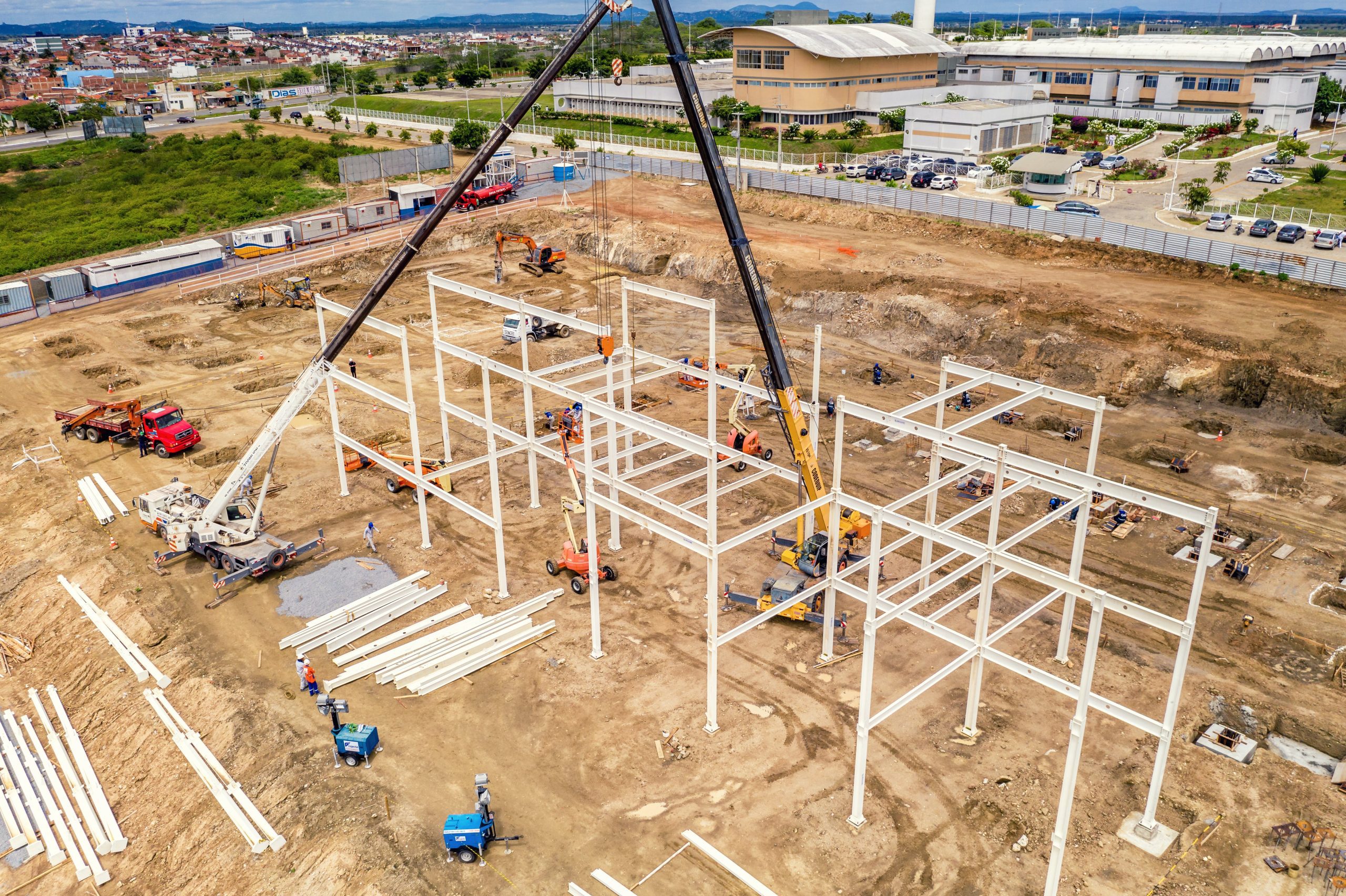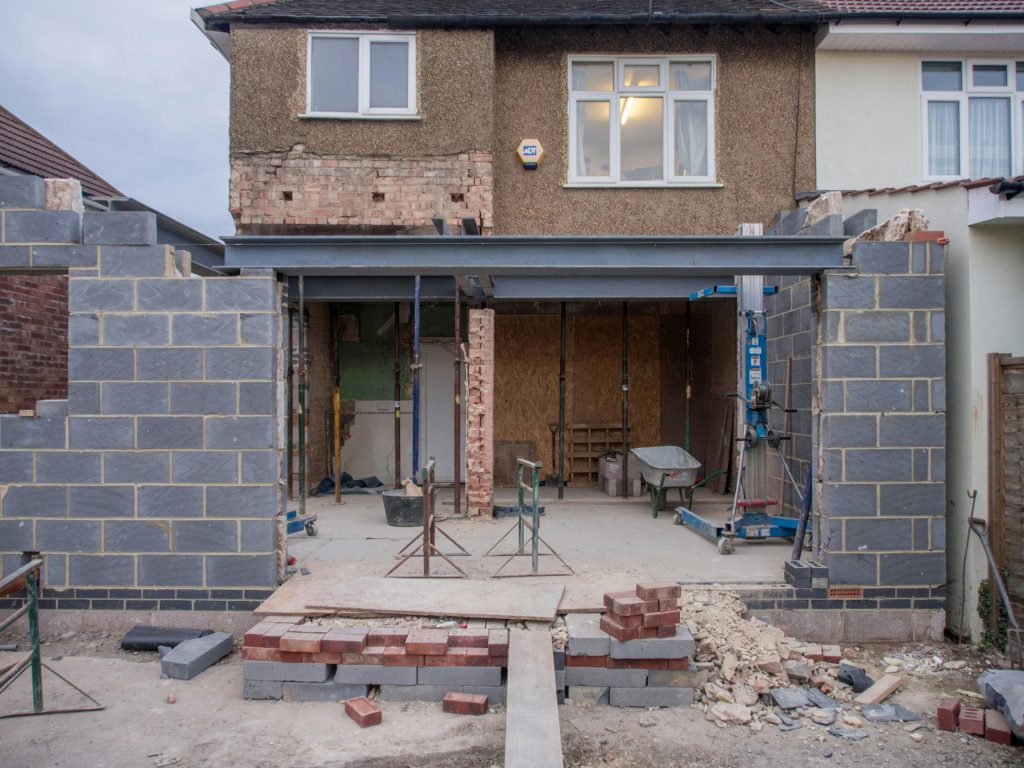Architect
Calculating Expenses: Understanding the Construction Cost for a 5 Marla House Project
Understanding the Construction Cost for a 5-Marla House Project:
Delving into construction costs for a 5-Marla house project demands a meticulous approach. Understanding the expenses involved in bringing your envisioned project to life is crucial. Let’s navigate through the intricacies of these costs, shedding light on the various elements contributing to the construction expenses for your 5-Marla house. Understanding these factors aids in crafting a comprehensive budget and ensuring a successful project.
What are the key factors influencing the construction costs for a 5-Marla house project?

Hey there, future homeowners! Building a 5-Marla house involves understanding the key factors that influence construction costs. Here’s a breakdown of these crucial elements:
Size and layout:
The size and layout of your house significantly impact construction expenses. A 5-Marla house project has its specific dimensions, and any alterations to the layout, such as additional floors or intricate designs, can affect costs.
Materials Used:
The choice of materials plays a vital role. Higher-quality materials come with higher costs but might reduce maintenance expenses in the long run. Balancing quality with affordability is essential in determining material expenses.
Labour Costs:
Labour charges vary based on the project’s complexity, skilled craftsmanship required, and local wage rates. Skilled workers and specialised labour might incur higher costs but can ensure quality artistry.
Location:
The location of your construction site impacts costs. Accessibility, transportation of materials, and local building regulations or permits can influence expenses.
Design Complexity:
Intricate designs, architectural details, or unique features increase construction expenses due to the additional labour and materials required to execute these elements.
Foundation and Structure:
The type of foundation and structural design influence costs. A solid foundation and robust structure are essential, and opting for more substantial materials or complex foundation designs can impact expenses.
Utilities and Systems:
Installing electrical, plumbing, HVAC (Heating, Ventilation, and Air Conditioning), and other systems adds to the overall cost. Energy-efficient or technologically advanced systems might involve higher initial expenses but can be cost-effective in the long term.
Finishes and Fixtures:
Choosing finishes, fixtures, and interior details affects costs. Premium finishes or imported fixtures typically have a higher price tag than standard options.
Contingency and Miscellaneous Costs:
It’s crucial to allocate a portion of the budget for unforeseen expenses or plan changes. Contingency funds cover unexpected costs, ensuring the project stays within budget.
Timeframe:
The duration of the project impacts costs. Delays or extensions can result in increased labour expenses, additional rentals for equipment, or storage costs for materials.
Regulatory Compliance:
Adhering to building codes, obtaining permits, and meeting regulatory requirements add to the overall costs. Compliance with legal and safety standards is crucial but can affect the budget.
Understanding these factors helps in effectively planning and budgeting for a 5-marla house project. Balancing quality, design aspirations, and budget constraints ensures a successful and cost-effective construction process.
These factors guide the estimating and managing of construction costs for a 5-Marla house project!
2. How can one effectively manage and control expenses while constructing a 5-Marla house?

Hey, future homeowners! Are you planning a 5-marla house construction? Managing expenses is critical to a successful project. Here’s how to keep costs under control:
Set a realistic budget.
Begin with a comprehensive budget outlining all expenses. Allocate funds for materials, labour, permits, contingencies, and unexpected costs.
Detailed Planning:
Plan every aspect meticulously. Detailed architectural drawings and a clear vision of the project help avoid costly changes during construction.
Material Selection:
Opt for cost-effective yet quality materials. Compare prices from different suppliers without compromising on durability or functionality.
Competitive Bidding:
Invite multiple contractors to bid for the project. This competition often leads to better pricing, helping to secure reasonable labour costs.
Regular Communication:
Maintain open communication with contractors and suppliers. Discuss cost-saving alternatives and negotiate prices to ensure affordability.
Smart Resource Management:
Utilise resources efficiently. Minimise material waste through accurate measurements and effective inventory management.
Prioritise the necessary features:
Focus on essential features first. Prioritise critical elements and consider adding extras later to prevent overspending.
Monitor construction progress:
Regularly monitor the construction process to ensure it aligns with the planned schedule. Delays can increase costs, so prompt resolution is crucial.
Avoid Scope Creep:
Stick to the initial plan. To prevent budget overruns, avoid unnecessary changes or additional features once construction is underway.
DIY (Do-It-Yourself) Where Possible:
Consider undertaking minor tasks if you have the expertise. DIY projects for more straightforward tasks can save on labour costs.
Energy Efficiency:
Invest in energy-efficient fixtures and appliances. While these may have a higher initial cost, they reduce long-term energy expenses.
Plan for contingencies:
Allocate a buffer in the budget for unexpected costs—a contingency fund safeguards against surprises during construction.
Regular Inspections:
Conduct periodic inspections to identify and address issues promptly. This prevents minor problems from escalating into costly repairs later.
Contractual Clarity:
Ensure clear contracts with contractors and suppliers. Contracts should specify costs, timelines, materials, and penalties for delays.
Adherence to Building Codes:
Comply with local building codes and regulations to avoid fines or additional expenses for non-compliance.
By implementing these strategies, you can effectively manage and control expenses during the construction of your 5 Marla house. Thoughtful planning, resource optimisation, and proactive decision-making ensure a cost-efficient and successful project.
I hope these tips help you navigate the construction process of your 5-bedroom house while keeping expenses in check!
Conclusion
Managing construction expenses for a 5-Marla house requires meticulous planning and savvy decision-making. Setting a realistic budget, prioritising needs, intelligent resource management, and regular communication with contractors are pivotal. Prioritising cost-saving alternatives, monitoring progress, and avoiding unnecessary changes contribute to cost control. Adhering to these strategies ensures a well-executed construction project within budget, delivering a quality 5 Marla house without financial strain.

